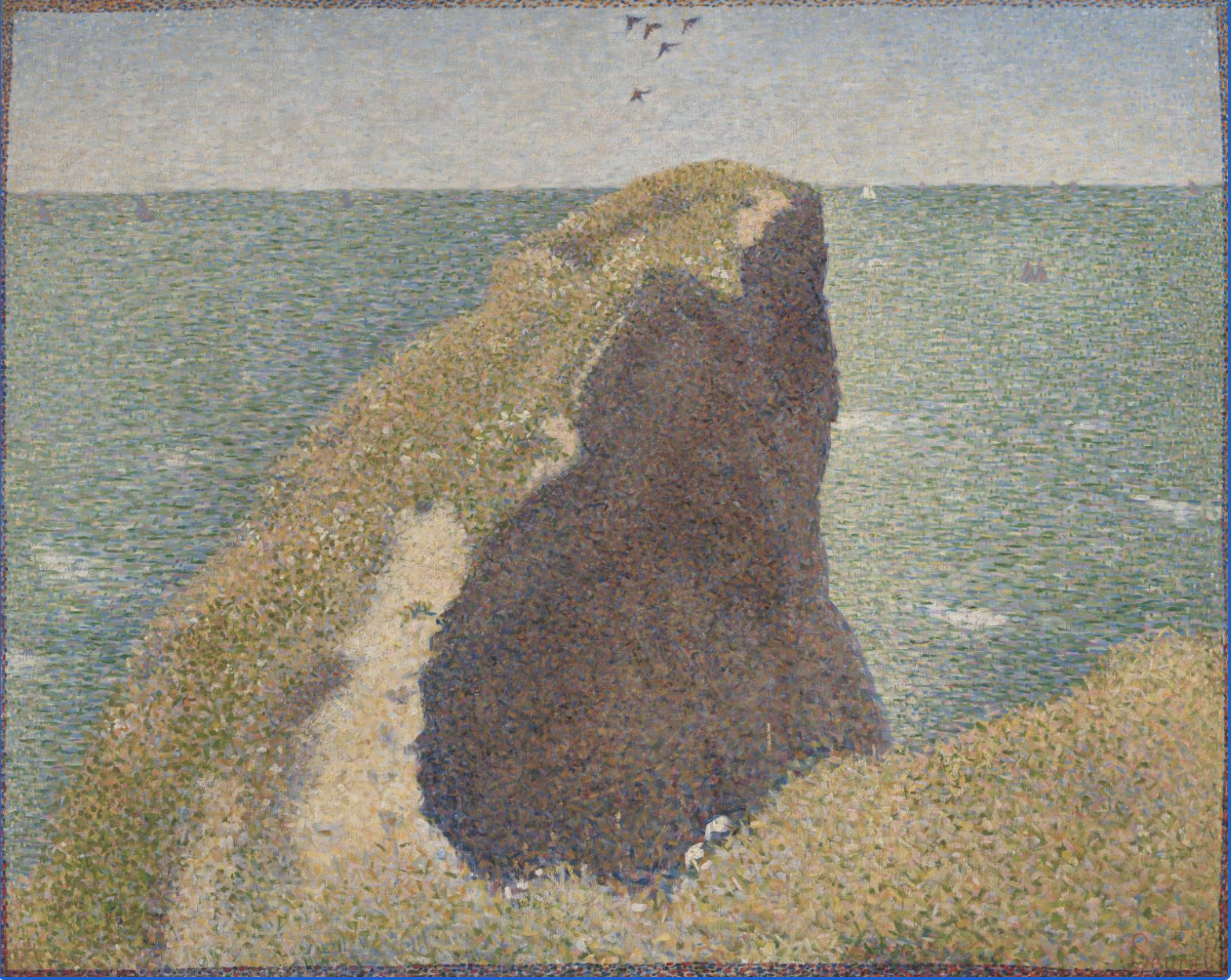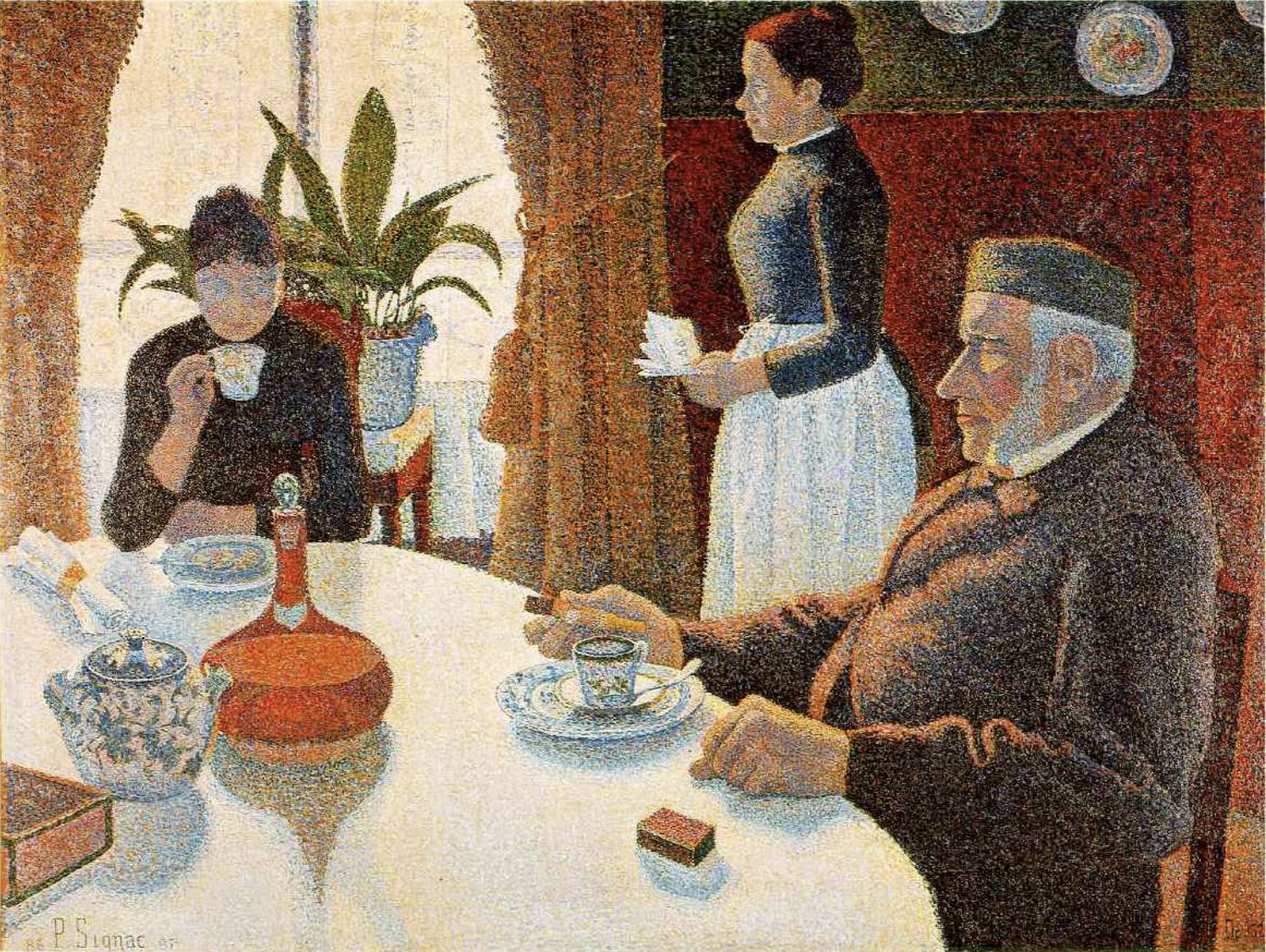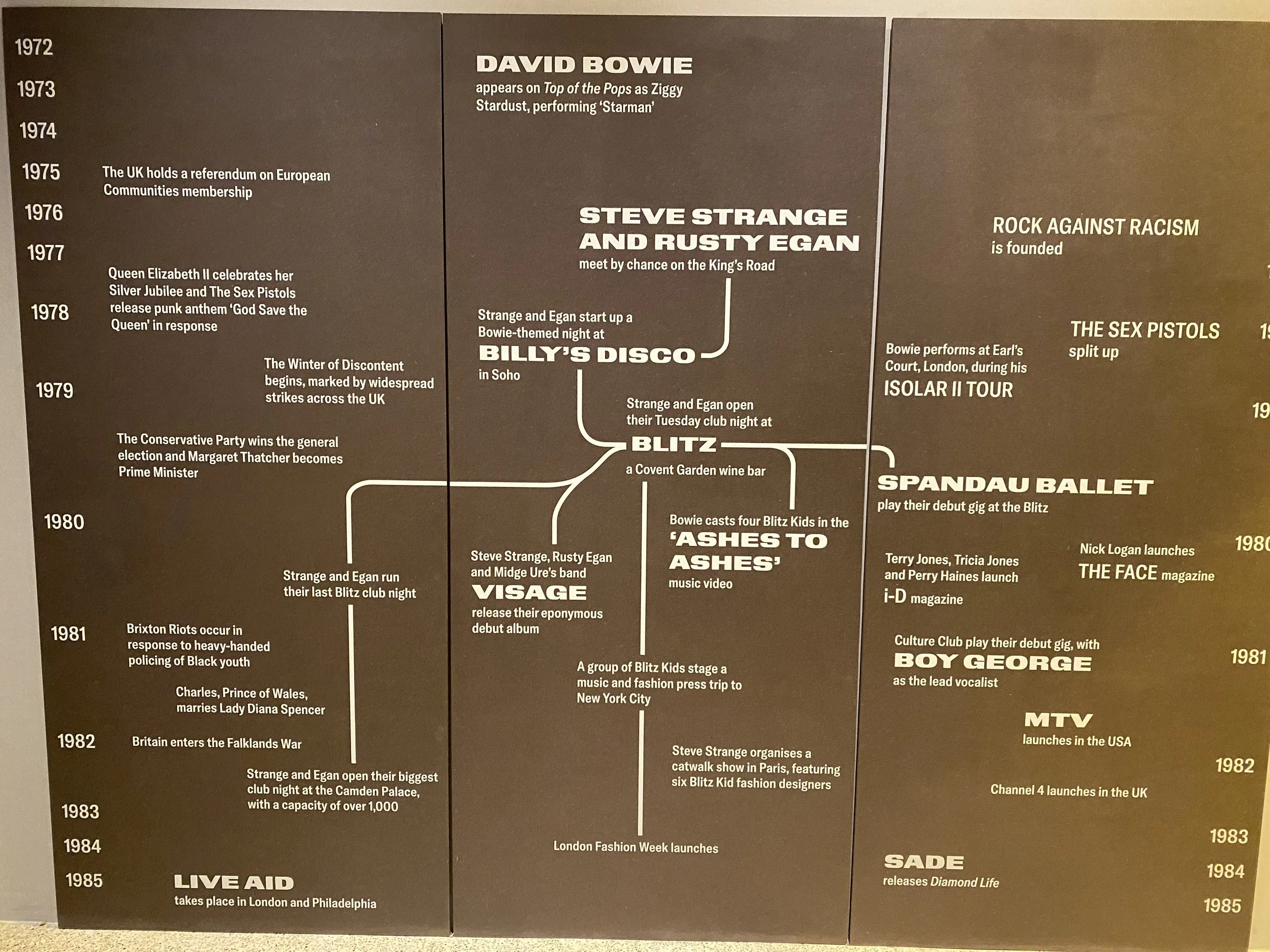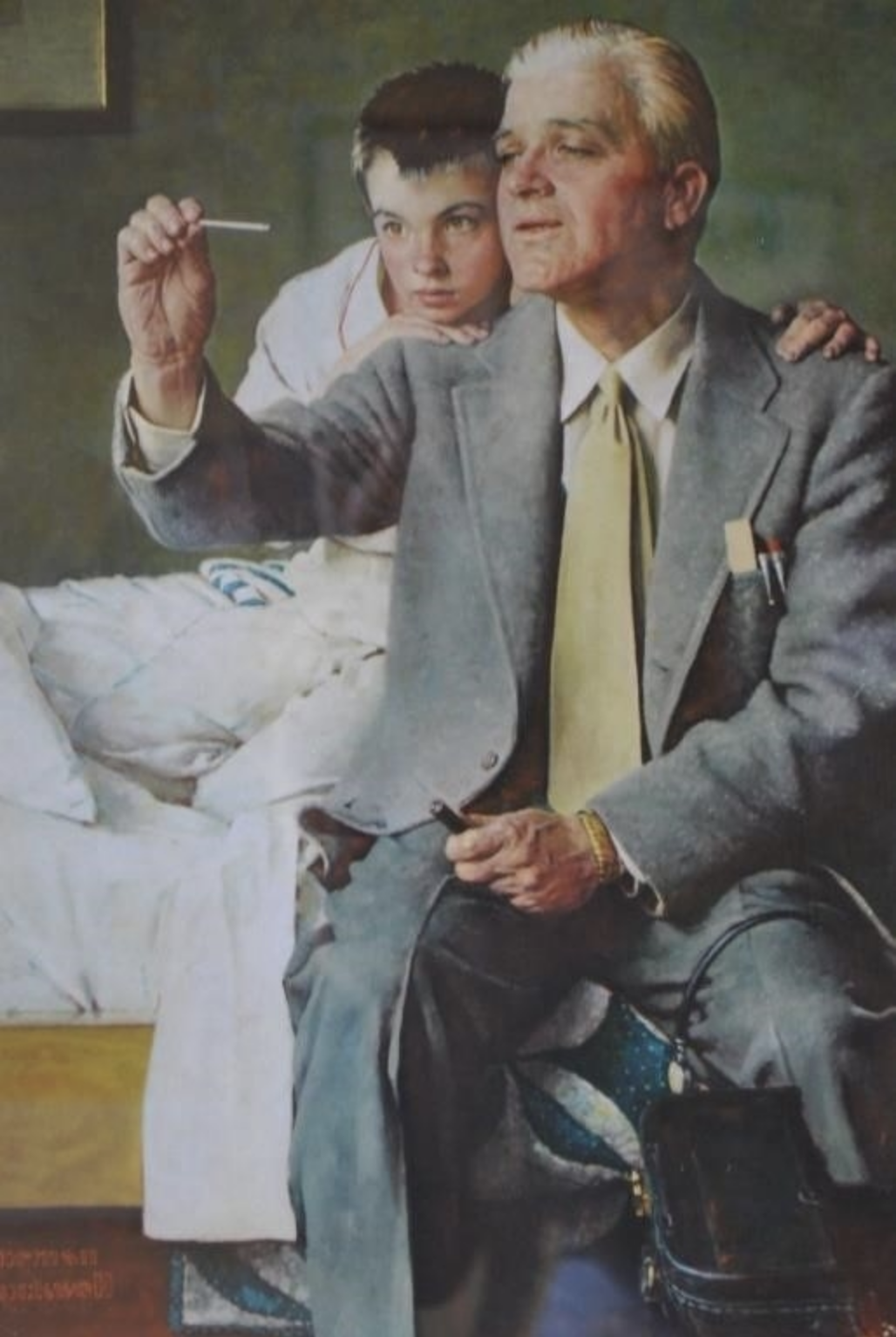Anna Ancher: ‘Staying Mainly at Home’
Anna Archer - Interior With Red Poppies. 1905 Oil on Canvas
I recently saw an excellent exhibition of the work of Danish artist, Anna Ancher. (The Dulwich Picture Gallery, until 8 March).
Anna Brøndum was born in 1859 in Skagen, a fishing town at the top of the Jutland peninsula, the northern-most point in Denmark. Her father owned the Brøndums Hotel, whose guests included artists attracted to the area by its extraordinary light and seascapes.
On the night Anna was born, the inn was visited by Hans Christian Andersen. Her mother took this as auspicious, and encouraged her daughter to pursue a creative career. Anna studied drawing in Copenhagen and Paris, and in 1880 she married fellow painter Michael Ancher. When she subsequently gave birth to a child, there was social pressure to devote herself to household duties, and her former art teacher advised her to ‘throw away her painting box.’ Nevertheless, she persisted.
Anna Archer -Sunlight in the Blue Room. 1891. Oil on Canvas
Anna often depicted quiet domestic interiors. Her elderly mother, in white lace bonnet, is in repose - comfortably tucked in under a crimson blanket. Her sisters fall asleep at the table, exhausted after a hard day’s work managing the inn. A young woman is engrossed in her book, seated next to a vase of gorgeous red poppies.
Anna was particularly skilled at capturing light - the golden glow of a lamp; the radiant flickers cast by the evening sun against the studio wall. Sunbeams fall across a blue room, as Anna’s blonde-bobbed daughter concentrates on her knitting. Light filters through a cream curtain, as a maid stands by the kitchen sink with her back to us.
The hotel and the Ancher house became a vibrant hub for Skagen’s creative community. In the exhibition there are photos of them lunching in the garden, walking on the shore, enjoying a fancy dress party. Their portraits of one another still line the walls of the Brøndums dining room today, with Anna and Michael placed at the centre.
Anna Ancher - The Maid in the Kitchen. 1883 - 1886. Oil on Canvas
Anna also painted the dunes and heathland of this remote spot; the boats on the strand; children playing on the beach. She portrayed the poor local community hard at work. An old man whittles sticks. An elderly lady plucks a goose. A baker counts her coins. Scythe and rake at the ready, three farm labourers march across the field at harvest-time.
Although Anna travelled widely round Europe, visiting Germany, the Netherlands, Italy, Britain and France, nearly all her art depicts scenes around Skagen. There is gentle affection, mutual respect, quiet intimacy, in these portraits. As a local girl - the only local in the artists’ community - she was trusted by her sitters.
‘I firmly believe that the very best thing is to go on small trips, but staying mainly at home and painting the people of one’s own country.’
Anna Ancher
Anna Ancher - Harvesters. 1905. Oil on Canvas
Anna teaches us that we don’t have to go far to find inspiration. There is compelling material on our doorsteps – if we are willing to recognise and mine our unique understanding of home.
'Perhaps home is not a place, but simply an irrevocable condition.’
James Baldwin
Time for a festive break.
Have a restful Christmas.
My next post will be on Thursday 8 January 2026.
If you’re missing me, there are lots of old articles to read in the Index.
See you on the other side, I hope.
'Sorry I'm not so merry,
But I feel like this yearly
Christmas time isn't my vibe,
Brings no joy into my life.
Watch the snow as it's falling,
And I don't feel a damn thing.
Only darken the tree lights,
Just another December night.
Sleigh bells ringing,
Still I feel sad.
It'll have you thinking
Of all the things
That you don't have.
But I know
If I'm feeling lonely,
I can't be the only one,
Drowning in my tears.
So somebody show me
How am I supposed to have fun
At the loneliest time of year?
The loneliest time of year.’
Mabel, ‘Loneliest Time of the Year’ (C Purcell / T Jean-marie / U Emenike / M Mcvey / N Nyassa)
No. 548






























